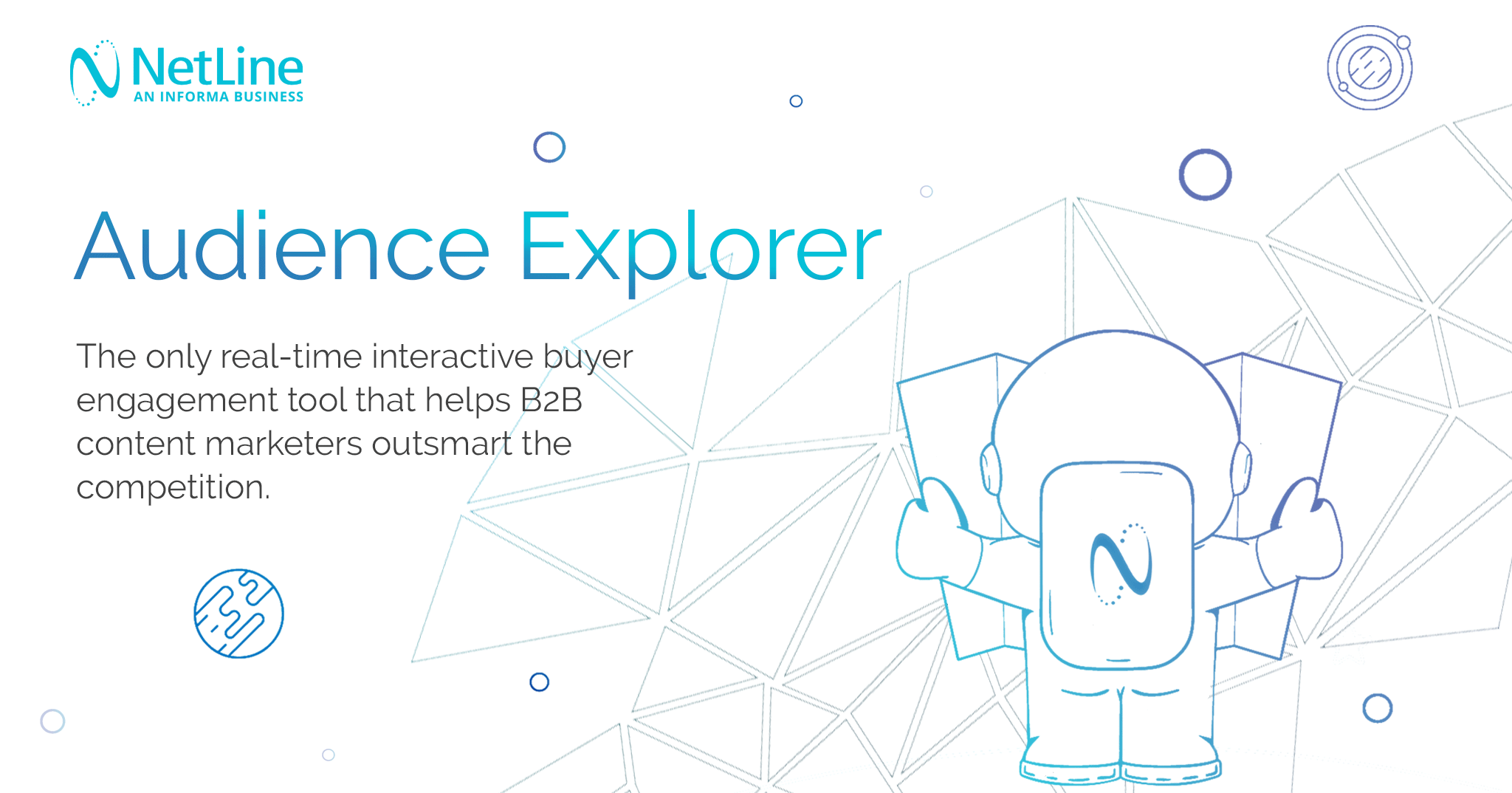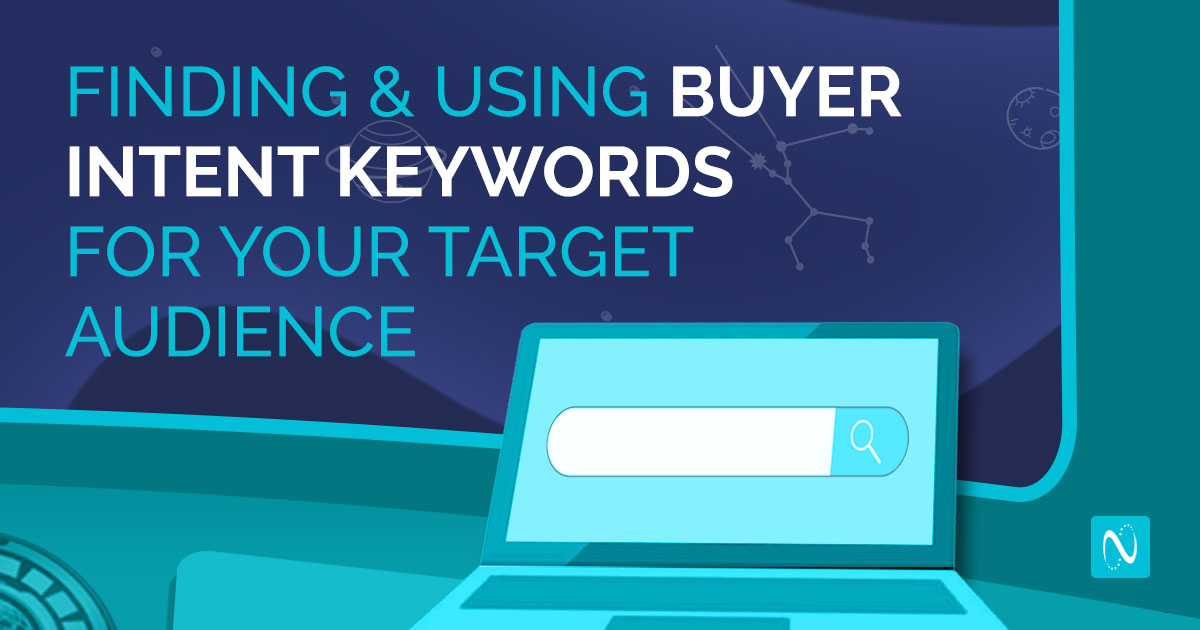Did you know that 51% of consumers go on Google during their buying journey? With the ubiquity of Alaphabet’s most well-known company, that figure is surprisingly low.
Regardless, the point remains: Buyers turn to Google to make informed purchasing decisions and actively look for advice, reviews, and recommendations before they pull out their credit cards.
This is why conducting keyword research and analyzing the types of keyword intents is crucial for your SEO strategy.
In this post, we’re taking a closer look at the main types of buyer intent keywords and how you can leverage them throughout the customer journey.
What are buyer keywords?
Buyer keywords act like digital breadcrumbs, unveiling clues and insights into a brand’s audience. They echo the stages of a buyer’s journey and trumpet the imminent purchase of a product.
By decrypting these keywords, a brand can reorient its compass, calibrate its SEO strategies, and set sail towards high-intent keywords, the North Star for business growth. They become a strategic guide through the vast digital marketplace, marking the path to prospective customers and flourishing business opportunities.
The 4 different types of buyer intent keywords
There are four different types of buyer intent keywords. We can split them into:
- Informational
- Navigational
- Commercial
- Transactional
Let’s break down each of these types and how they’re unique.
Informational Keywords
Informational keywords are search terms that indicate someone is looking for answers, solutions, or general knowledge about a particular topic or problem.
The intent behind these keywords is not to make a purchase or find a specific website (like navigational or transactional keywords) but to gather information or solve a problem.
Because of this, these keywords are most frequently used at the beginning and middle of the buying cycle and can start with questions such as “How do I,” “Is it possible,” or “Best practices about X.”
Here are some examples of informational keywords:
- How to prevent employee burnout
- Time-tracking best practices
- What is best: Trello or Asana?
- Best practices for implementing project management software in your company?
Navigational Keywords
Navigational keywords refer to search terms people type into search engines with the intent of finding a specific website, brand, or resource.
These types of keywords differ from informational (seeking knowledge) or transactional (intent to purchase) keywords since they are typically branded keywords.
Here are some other examples of navigational keywords:
- Teams login
- Grammarly discount
- LastPass support
- ON24 signup
Commercial Keywords
Commercial keywords are bottom-of-funnel search terms that indicate a high buying intent. When you are using a commercial keyword, you can assume they already have an idea of what they want.
Examples of commercial keywords may include action-oriented phrases such as “buy,” “order,” “price,” “deal,” or “discount,” as well as comparing specific products or companies. Additionally, location-based terms (e.g., “near me” or “in [city name]”) can often signal commercial intent.
Here are some other examples of commercial keywords:
- Trello price
- INTENTIVE pricing
- Nike shoe discount
- ClickUp vs. Asana vs. Monday
Transactional Keywords
Transactional keywords are often used interchangeably with commercial keywords since they are both bottom-of-funnel search terms indicating the user’s intent to complete a transaction.
Essentially, while every commercial intent keyword can be considered transactional, not every transactional keyword is commercial. The main difference lies in the broader scope of commercial keywords, encompassing both the intent to buy and the intent to research before buying.
A telltale sign you are dealing with a transactional keyword is seeing any of these phrases in the long tail keyword: “buy now, “pricing,” or “sign up.”
Here are some examples of transactional keywords:
- Sign up for Grammarly
- Buy an iPhone 14
- Budget rental car near me
Why should you focus on high-intent keywords?
High-intent keywords are crucial in identifying which leads are ready to buy. Specifically, there are three primary reasons why you should focus on high-intent keywords in your marketing campaigns.
Save Money
High-intent keywords focus on customers who are ready to convert. By focusing on problem-aware and solution-aware customers initially, you’ll gain more traction. Then, you can move to more top-of-funnel (educational) keywords once your positioning and your marketing are more established.
Understand your customers’ goals and pain points
Discovering and using high-intent keywords will help you understand your customers’ needs better. You can use these goals and pain points in your marketing messaging.
Avoid wasting time educating leads who will never buy your product or service
If you want to convert customers efficiently, you should focus on transactional and commercial keywords. It will help you save time on educating potential customers who might not be interested in your offer and focus on those ready to convert.
How to find buying keywords
Now that we know what potential buying keywords hold and why you should use them, here are some ways to find them.
Interview your ideal-fit customers
Conducting interviews with your ideal customers can offer a goldmine of insights, particularly in identifying high-buying intent keywords. These customers can provide firsthand insights into the exact search terms they used when they were ready to buy.
Discovering how they search for your product—be it with specific product terms, brand names, or action-oriented phrases like “subscribe” or “buy”—can shed light on your customers’ decision-making process and their language preferences.
This valuable information can help marketers streamline their SEO and paid search ad strategies. Through this customer-centric approach to keyword discovery, businesses can efficiently connect with prospective customers at the most crucial point—the point of purchase.
Pro Tip: Not sure how to interview customers? Check out this book.
Understand the core problems your product or service solves
Understanding the core problems that your product or service solves is key to uncovering more high-intent keywords.
When people are at the stage of actively seeking solutions, they use search terms that directly relate to their problems and needs. These phrases often encapsulate the specific issues they’re facing and signal a readiness to engage with solutions. By deeply understanding these problems, you can anticipate what they might search for and show how your product or service solves their problem.
In addition, you shouldn’t overlook informational search queries, as they might help you uncover more transactional and commercial keywords.
For instance, “How to get over employee burnout” is a pain point keyword that searches for information about a real problem. Even though it is an infomercial keyword, if you are a business coach who specializes in burnout recovery, you should still focus on this keyword.
Identify keywords that focus on risk reduction
Compelling bottom-of-funnel content often means reassuring customers they won’t be at a loss if they don’t like your offer. This is why risk reduction keywords are important and why you should explicitly target them.
Countering any objections head-on will help reassure would-be customers.
Some general search terms that signal a B2B SaaS prospect is looking for reassurance are:
- Money-back guarantee
- Free trial offer
- Customer testimonials
- No contract required
- 100% satisfaction guarantee
- Customer success stories
- Refund policy
- Hassle-free cancellation
- Transparent pricing
Pay attention to Google autocomplete search suggestions
One of the easiest ways to determine users’ search intent and find buyer keywords is on Google. Check the autocomplete feature that appears in the search bar once you start typing the keyword, and pay attention to related searches at the bottom of the page that appear after you search a keyword on Google.
Use keyword research tools

From paid tools like Ahrefs and SEMrush to free tools like Google Keyword Planner, these can be a goldmine for finding relational keywords and getting useful data on keyword volume, search rankings, etc.
NetLine’s Audience Explorer can also surface the keywords being served up to your ICP within the Trending Topics section. While not a traditional keyword research tool, Audience Explorer’s rolling-180-day amalgam of B2B content will show you exactly what’s of interest to your ideal prospects.
Read customer reviews and testimonials.
Finally, don’t forget to analyze your customers’ reviews on sites like Capterra, G2, TrustPilot, Google, etc. Pay attention to how they describe your product, how they describe the problem it solves and any emotionally charged phrases they use. All of this information can be very useful in uncovering more high-intent keywords.
In addition, if you are a newer company or don’t have many reviews, you can get a lot of helpful information by analyzing your competitors’ reviews.
Using buying intent keywords to find your RIGHT target audience
Buyer intent keywords can help you find your target audience faster than any other method. Since they’re focused on solving the problem, buying intent keywords allow brands and marketers to build content and campaigns around them and gather customers ready to “seal the deal”.
Here are some ways you can use buying intent keywords to find your target audience.
- Analyze search intent. Understand the intent behind the keywords to figure out the type of people searching for this.
- Study competitors. Look at what keywords your competitors are ranking for. This can provide insight into the audience they’re attracting and whether it aligns with your target demographic.
- Conduct customer interviews and market research surveys. Gather data directly from your customers. Find out what terms they use when discussing your products or services and what search terms they use when looking to make a purchase.
- Don’t ignore Reddit and social media. Keyword research isn’t just for search engines. Customers can (and they frequently do) search for products and services on social networks.
- Test and monitor keyword performance. Once you’ve identified potential high-intent keywords, incorporate them into your SEO strategy and refine over time to drive more traffic and conversions.
- Leverage Audience Explorer. It won’t be B2B’s best kept secret forever. This ICP-specific, slimmed-down, realtime version of NetLine’s annual Content Consumption Report is a true trump card that should be in every marketer’s deck.
How to market to your audience using buyer intent keywords
Here are some general tips on how to market to your audience using buyer intent keywords.
Clearly communicate how your product solves their problem
It is all about using your content to clearly communicate that you understand your ICP’s pain points and then educating them on how they can use your product or service to do this. There are so many different ways that you can accomplish this, from blog posts and YouTube videos to webinars, social media posts, and comparison landing pages. The end goal of this content is to build trust and establish credibility.
Explain why you’re better than competitors
Most marketers take this literally and just focus on tackling why their product or service is different and better than established competitors.
However, for many B2B companies, their main competitor is usually an Excel spreadsheet (or 20), company/team inertia or their current solution is “good enough.”
Address any known objections head-on
This might sound counterintuitive. However, addressing known objections head-on in your marketing content is a strategic move that can bolster your brand’s credibility and foster trust with your potential customers.
By proactively acknowledging and responding to these concerns in your content, you demonstrate that your business is transparent, customer-centric, and confident in the value of its products or services. This open approach helps to dispel doubts, clarify misconceptions, and provides an opportunity to further highlight your product’s benefits or unique selling propositions. Moreover, it can streamline the customer’s decision-making process, potentially accelerating the journey from consideration to purchase.
Create Account-Based Marketing (ABM) campaigns
The defining advantage of an ABM playbook is its tailored approach, anchoring on personalization to engage each account. By integrating high-intent keywords, marketers can get the most out of B2B intent data and significantly enhance the effectiveness of their ABM strategies by allowing them to pinpoint and directly address each person’s pain points.
As a result, ABM campaigns become highly targeted endeavors, finely tuned to resonate with the unique needs and concerns of each account, driving engagement and conversion to unprecedented heights.
Use retargeting
Retargeting is a great way to reach customers who have already shown interest in your product/offer but haven’t made a purchase yet. You can use customer intent keywords to capture their attention and then use retargeting to remind them.
How NetLine can help with buying intent keywords
INTENTIVE is designed to capture buyer-level intent data from over 15,000 gated content pieces. This wealth of information allows you to filter and analyze buyers actively performing research in over 35,925,120 different ways.
Plus, it doesn’t just tell you “who” is showing interest in an account, it reveals “what” actions they’re taking, “when” they’re taking them, and uniquely, “where” these actions are happening.
By leveraging the collective consumption behavior across these content assets, INTENTIVE delivers first-party sourced intent-rich data, enabling you to accelerate your sales outcomes and create more targeted messaging campaigns.

